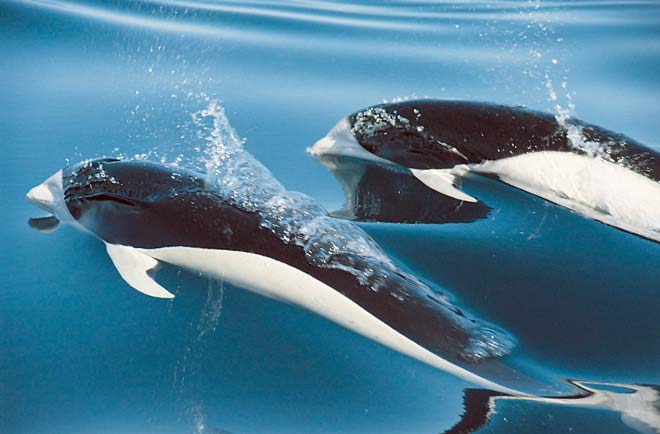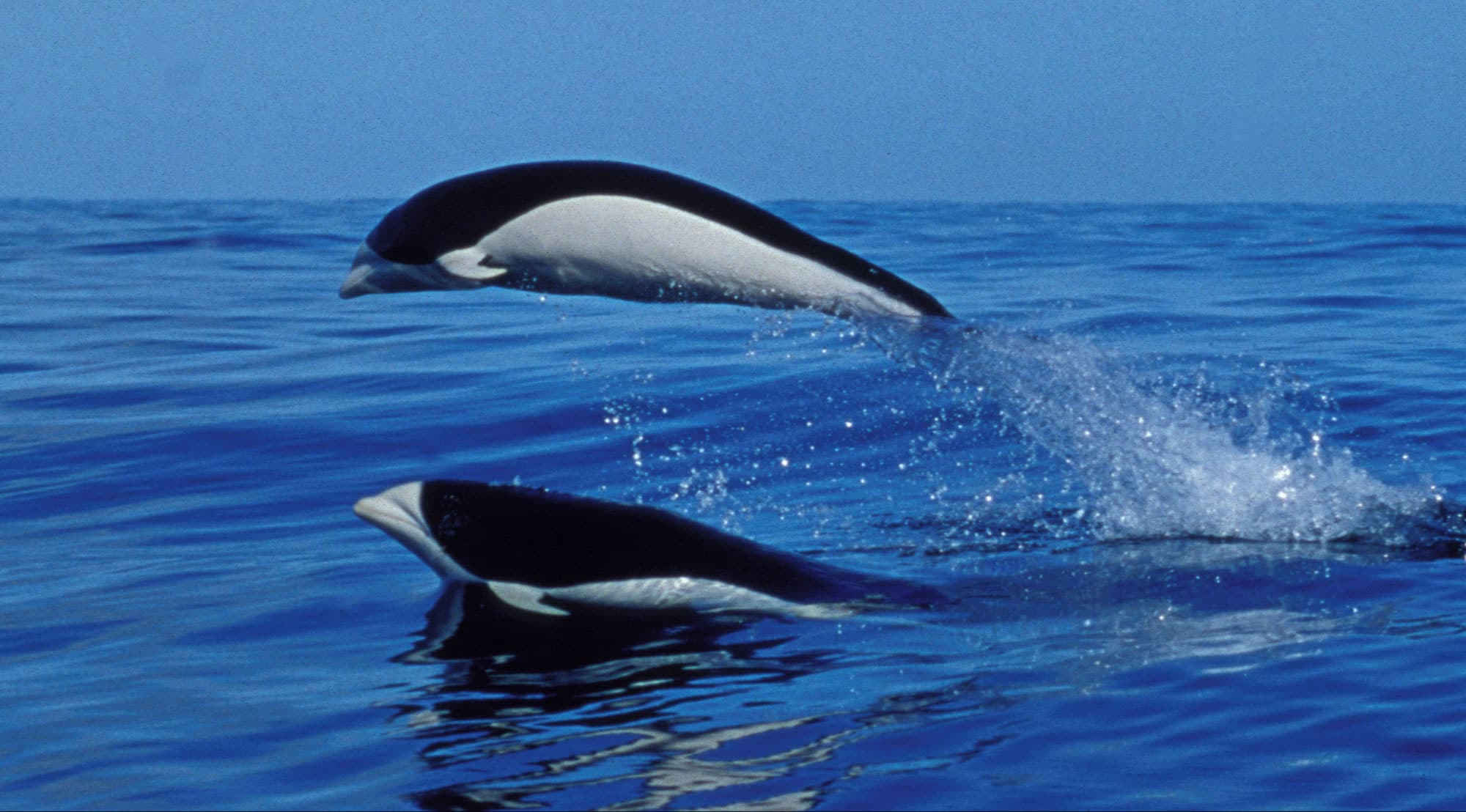
The Right Whale Dolphin, scientifically classified as Lissodelphis borealis, is a remarkable marine mammal that inhabits the cold temperate and sub-polar waters of the North Pacific Ocean. Renowned for its sleek physique and striking black and white coloring, this species captures the fascination of marine biologists and enthusiasts alike. Delving into its ecology and habitat provides valuable insights into the intricate relationship between these dolphins and their environment.

Right Whale Dolphins exhibit a preference for deep offshore waters, typically ranging from 30 to 200 meters in depth. They are frequently sighted in areas characterized by steep underwater topography, such as continental slopes and submarine canyons, where they have been observed engaging in energetic leaps and acrobatic displays. These habitats offer abundant prey resources, including squid, fish, and crustaceans, essential for sustaining the dolphins’ energetic demands.

As apex predators within their ecosystem, Right Whale Dolphins play a vital role in maintaining ecological balance. Their feeding behavior, which often involves cooperative hunting strategies, helps regulate prey populations, preventing overexploitation of certain species and promoting biodiversity within their habitat. Additionally, these dolphins serve as indicators of ecosystem health, with changes in their abundance and distribution reflecting broader environmental shifts.

Right Whale Dolphins are opportunistic feeders, employing a variety of hunting techniques to capture prey efficiently. They are known to form tight-knit social groups, ranging from a few individuals to large aggregations, which collaborate during feeding activities. Cooperative behaviors such as herding prey into tight balls or utilizing vocalizations to communicate and coordinate movements enhance their foraging success in the vast expanse of the open ocean.

While the migratory patterns of Right Whale Dolphins are not fully understood, evidence suggests they undergo seasonal movements in response to changes in prey distribution and environmental conditions. Sightings of these dolphins have been reported in both coastal and offshore waters, indicating a dynamic relationship with their habitat throughout the year. Understanding these migratory behaviors is crucial for effective conservation management and marine spatial planning efforts.

Despite their elusive nature, Right Whale Dolphins face a myriad of anthropogenic threats, including entanglement in fishing gear, habitat degradation, pollution, and noise pollution from maritime activities. Climate change poses additional challenges, altering oceanic conditions and potentially disrupting prey availability. Conservation efforts aimed at mitigating these threats are imperative for safeguarding the long-term viability of Right Whale Dolphin populations and preserving the integrity of their marine habitat.
In conclusion, the ecology and habitat of the Right Whale Dolphin offer a window into the complex interactions shaping marine ecosystems. By studying their behavior, distribution, and ecological role, researchers can glean valuable insights into the health of our oceans and the interconnectedness of all marine life. Protecting these charismatic dolphins and their environment requires a concerted effort to address both local and global challenges, ensuring a sustainable future for generations to come.